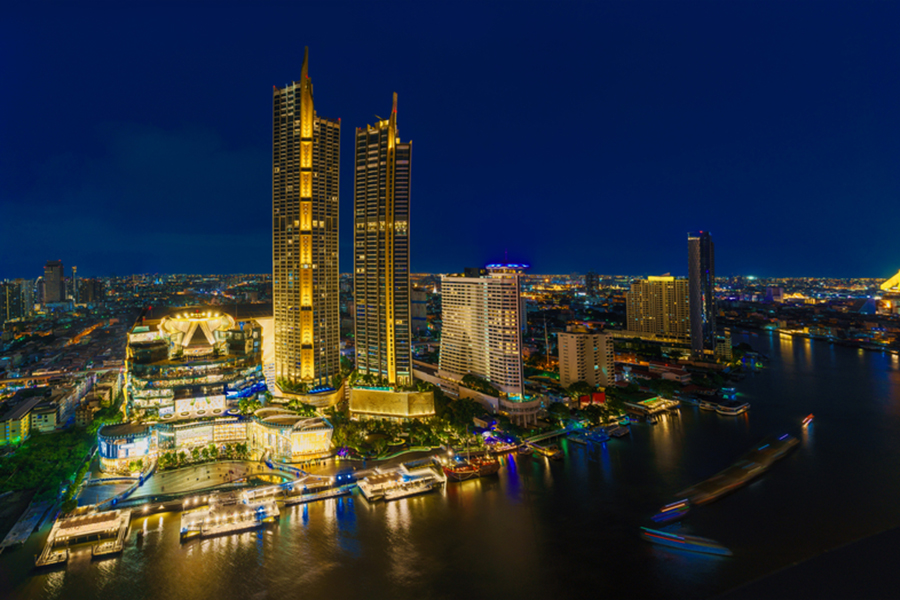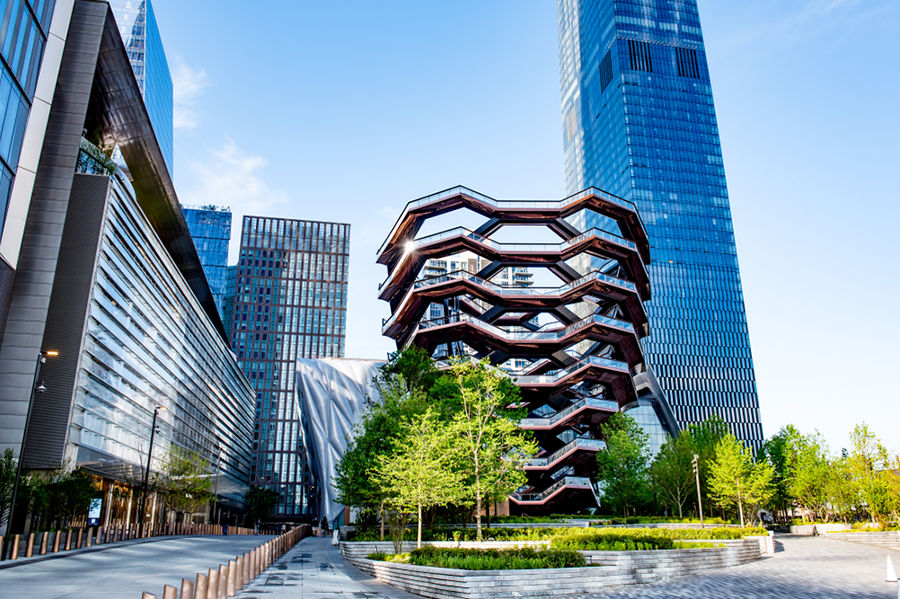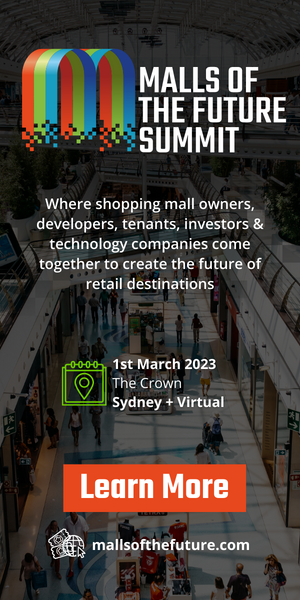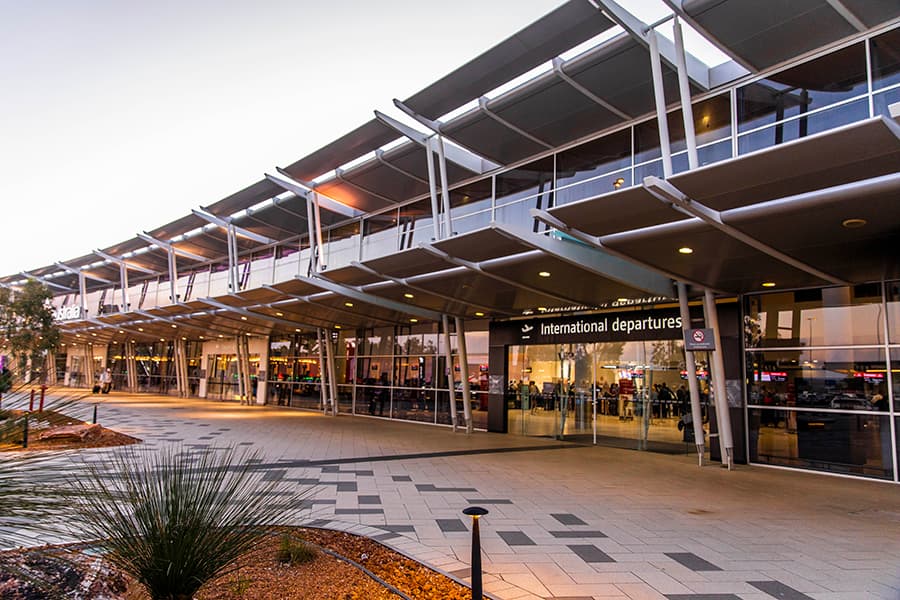This article is authored by John Pozoglou, CEO and Founder of FuturePlace – organisers of Malls of the Future Summit taking place in Sydney on March 1st.

With the pandemic having boosted online buying and home delivery, physical retail spaces’ traditional role is declining in importance and will never return to where it was. So, bricks-and-mortar outlets need to be able to fulfil another purpose that’s every bit as relevant in attracting shoppers.
The solution is the creation of flexible, multifunctional physical spaces that enable retailers to showcase products and also host a range of different services and events — any or all of which may make consumers want to visit, stay and purchase. Be it community events, leisure, workspaces, lifestyle, sports, learning — there are a host of possibilities. The common thread connecting them is that they fulfil a need, add purpose and deliver unique experiences to keep the retail space relevant, vibrant and an attractive place to be.
This is an important transition in how physical space can create value. Retailers must take a holistic view on the role that their space can play in the communities that they serve and the experience they can deliver. Get the purpose and experience right for the individual consumer, and the shopping transaction becomes a by-product of being in the space.
This shift has led to a clear market demand for integrated living, working and retail environments that are carefully curated to meet the evolving needs of modern residents, office tenants and visitors. These live-work-play communities put lifestyle at the centre of design in order to create places that foster great experiences, interactions and discoveries.
More than just mixed-use, successful placemaking projects plan and activate the built environment in ways that seek to attract people, make them feel comfortable and encourage them to stay or return.
This includes designing buildings, malls and alleyways at the human scale to welcome people into the spaces and create environments that are comfortable and easy to navigate. Programming is also a critical element of placemaking – and includes diverse offerings ranging from community events to concerts and art installations. It is consistently activated and continually refreshed to maintain vibrancy.
Together, these elements create an energetic, authentic sense of place that results in rental and occupancy premiums over market. The mix of uses and synergies between them also seek to create stable, resilient assets that perform better than standalone buildings. Most importantly, a placemaking approach to real estate builds neighbourhoods and destinations that improve people’s lives and bring value to the broader cities and communities that surround them.

While it’s easy to understand placemaking’s benefits, building authentic and successful places is incredibly complex. It requires well-considered planning, design and activation, as well as an integrated approach to both development and investment to optimise the place as a whole. And there also needs to be a laser-sharp focus on ESG factors across the project, to meet investor, tenant and community expectations for environmental and social sustainability.
Done well, this sort of mixed-use placemaking approach will gain momentum as more people prioritise flexibility, convenience and the ability to curate their lives in ways that feel meaningful.
Bottom line – shopping centres and malls are morphing into ‘consumer engagement spaces’ and transforming into mixed-use commercial offerings to cater to a new generation of shoppers. This requires new forms of collaboration between cities, mall owners, investors and developers to ensure that everybody wins.
Want to learn how to create consumer engagement spaces and vibrant mixed-use developments that drive retail spending?
Then you should attend the Malls of the Future Summit taking place in Sydney on March 1st. Featuring more than 35 leading global and local speakers, networking activities and solutions showcase, this a must-attend event for developers, tenants, agents, investors, designers, construction firms and solution providers operating in the retail environment.
With over 200 attendees already confirmed, limited places remain. Register here





















